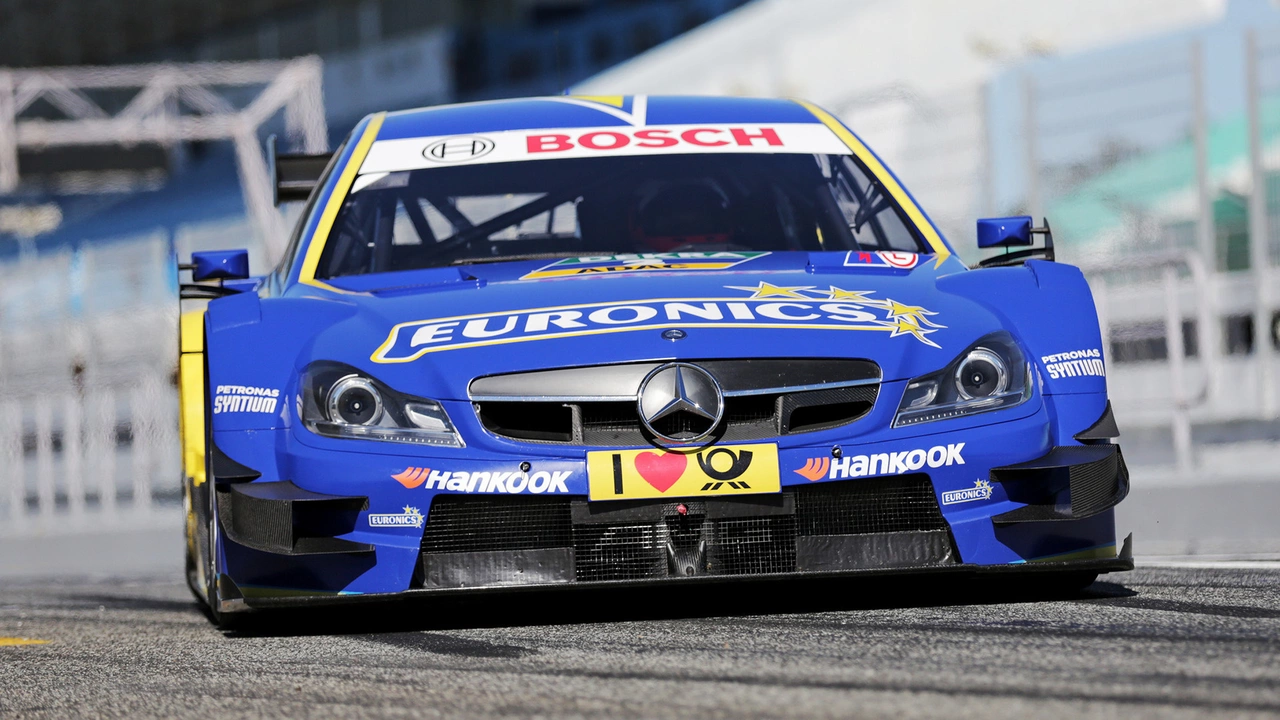Racing Drivers: Who They Are and What Makes Them Tick
If you ever wonder why a driver can hug a corner at 200 mph while staying upright, you’re looking at a mix of talent, training, and tech. Racing drivers aren’t just lucky; they put in sweat, study data, and adapt to every car’s quirks. In this guide we’ll break down the most useful stuff you need to know about the people behind the wheel – from fitness hacks to famous controversies.
Fitness and Weight Management on the Track
One of the biggest surprises for fans is how much weight a driver can lose during a single race. The heat inside a closed‑cockpit car can push drivers to sweat out 2‑4 kilograms, which is why staying hydrated and eating right before a stint is critical. Professional racers follow a strict cardio and core routine to handle g‑forces, and many use high‑intensity interval training to keep their heart rate ready for sudden bursts.
Seat belts in a racing car are another safety secret. Unlike a regular car belt, a racing harness has extra straps and a tighter fit to keep the driver locked in during rapid deceleration. This extra support reduces whiplash risk and keeps the driver’s body in the optimal position for steering input.
Legends, Controversies, and the Modern Driver
Legends like Ayrton Senna still dominate conversations about skill and passion. Senna’s fearless approach to cornering set a benchmark that modern drivers still chase. On the other side of the spectrum, drivers like Lance Stroll spark debate when money seems to buy a seat. While Stroll faced criticism, his on‑track performances prove that talent can emerge under any circumstance.
Getting started in amateur racing is more accessible than you think. The first steps involve getting a proper racing helmet, a licence from a recognized motorsport body, and finding a local club that offers practice sessions. Once you have the basics, focus on track etiquette and incremental skill building – don’t try to match a pro’s lap time on day one.
Virtual racing is another route that’s gaining traction. Simulators let aspiring drivers practice corner entry, braking points, and race strategy without the cost of a real car. While a simulator can’t replace the physical forces of a real track, it does help develop muscle memory and racecraft, bridging the gap for many newcomers.
Finally, remember that every driver’s story adds a piece to the bigger picture of motorsport. Whether they’re shedding sweat for a few kilos, debating the fairness of bought seats, or mastering a virtual track, each element shapes the exciting world of racing drivers we follow every weekend.
What do racing drivers earn in lower classes like F3, DTM?
0 Comments
As a racing enthusiast, I delved into the earnings of drivers in lower tiers, such as F3 and DTM. I found that these drivers, while talented, don't earn as much as their F1 counterparts. Most F3 drivers, for instance, earn around $50,000 to $100,000 annually, while DTM drivers can make between $100,000 and $600,000. It's important to note, though, that these earnings are heavily influenced by sponsorship deals and performance bonuses. Despite the lower income, the passion and experience gained at this level are invaluable stepping stones to higher-tier racing.
Read More